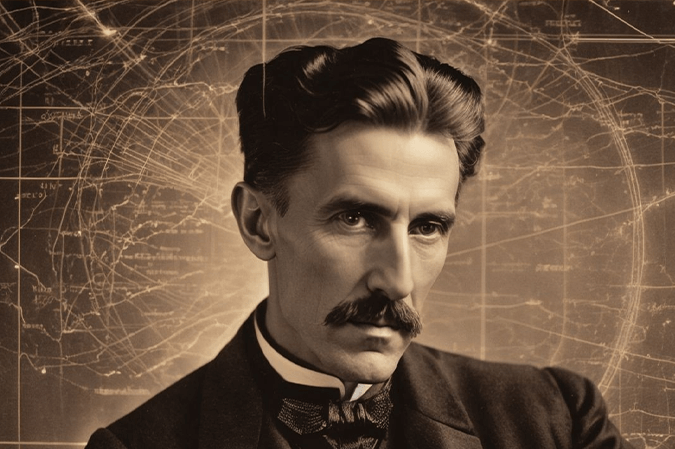The uniqueness of His Name
Genghis Khan, originally named Temüjin, is a name that transcends time, evoking images of conquest, unity, and cultural exchange. The title “Genghis Khan,” meaning “Universal Ruler,” was adopted during a significant assembly known as the kurultai in 1206. This title reflects not only his authority but also his vision for a unified Mongolian identity. The etymology of “Genghis” remains a subject of debate; some scholars suggest it signifies strength or firmness, while others propose connections to the Turkic word for “ocean,” implying a ruler with dominion over vast territories.
Other Names Associated with Genghis Khan
Several names and titles are associated with Genghis Khan, each highlighting different aspects of his identity and legacy:
- Chinggis Khan: An alternative spelling that emphasizes his Mongolian origins and is often used in historical texts.
- Temüjin: His birth name, which means “of iron,” symbolizing resilience and strength.
- Khan: A title denoting leadership among various Central Asian rulers.
- Khubilai Khan: His grandson, who established the Yuan dynasty in China and further expanded the Mongol Empire.
These names reflect the multifaceted nature of Genghis Khan’s identity as a leader, warrior, and cultural figure.
Cultural Significance
Genghis Khan’s impact extends far beyond military conquests. He is credited with unifying the Mongolian tribes into a single entity, laying the groundwork for the largest contiguous empire in history. His reign marked significant cultural exchanges across Asia through the establishment of the Pax Mongolica, facilitating trade and communication along the Silk Road. This era allowed for the blending of diverse cultures, including Chinese, Islamic, Persian, and nomadic influences.
Administrative Innovations
One of Genghis Khan’s most significant contributions was his innovative approach to governance. He implemented a meritocratic system that prioritized loyalty and skill over traditional tribal affiliations. This restructuring enabled efficient administration across vast territories, integrating local customs while maintaining Mongol authority. His policies promoted religious tolerance, allowing various faiths to coexist within his empire—a principle that would influence future governance in regions under Mongol control.
Artistic Achievements
The Mongol Empire under Genghis Khan also fostered artistic development. The Ilkhanid dynasty in Persia, which emerged from his conquests, became known for its rich cultural achievements. Artistic traditions were transformed as Mongol rulers commissioned works that blended local styles with influences from China and Europe. Manuscripts like the Shahnama (Book of Kings) illustrated this cultural flowering, showcasing intricate art that legitimized Mongol rule through historical narratives.
Historical Context and Controversy
While Genghis Khan is often remembered for his brutal military campaigns—where millions are estimated to have died—recent scholarship has begun to reassess his legacy. He is viewed not merely as a conqueror but as a unifier who facilitated unprecedented cultural exchange across Eurasia. His ability to adapt and incorporate various cultures into his empire created a unique socio-political landscape that influenced subsequent generations.
The Duality of His Legacy
Genghis Khan’s legacy embodies a duality: he is both revered as a national hero in Mongolia and viewed as a ruthless conqueror elsewhere. His campaigns resulted in significant loss of life and destruction; however, they also established trade routes that connected distant cultures, leading to economic prosperity and cultural exchange.
Modern Significance of His Name
In contemporary times, the name Genghis Khan carries complex connotations. In Mongolia, he is celebrated as a national hero and symbol of unity; his image appears on currency and monuments throughout the country. The modern Mongolian identity is often intertwined with his legacy, reflecting pride in their historical roots.
Conversely, in many Western narratives, Genghis Khan is often portrayed as a barbaric warlord responsible for mass destruction. However, recent scholarship has sought to redefine this perception by emphasizing his role in fostering trade and cultural exchange during the Pax Mongolica. This reassessment highlights how names can shape historical narratives and influence modern interpretations of leadership and governance.
Conclusion
Genghis Khan’s name encapsulates themes of power, unity, and cultural significance that resonate across history. It symbolizes not just conquest but also innovation in governance, artistic achievement, and cultural exchange. As we explore figures like Genghis Khan today, we gain insights into how names can embody broader themes of identity and authority throughout history. His legacy continues to evoke discussions about leadership dynamics and the complexities of historical narratives—reminding us that history is often more nuanced than it appears at first glance.
Sources
Wikipedia
Revolutionary Spaces
Image Source: cdn.prod.website-files.com



